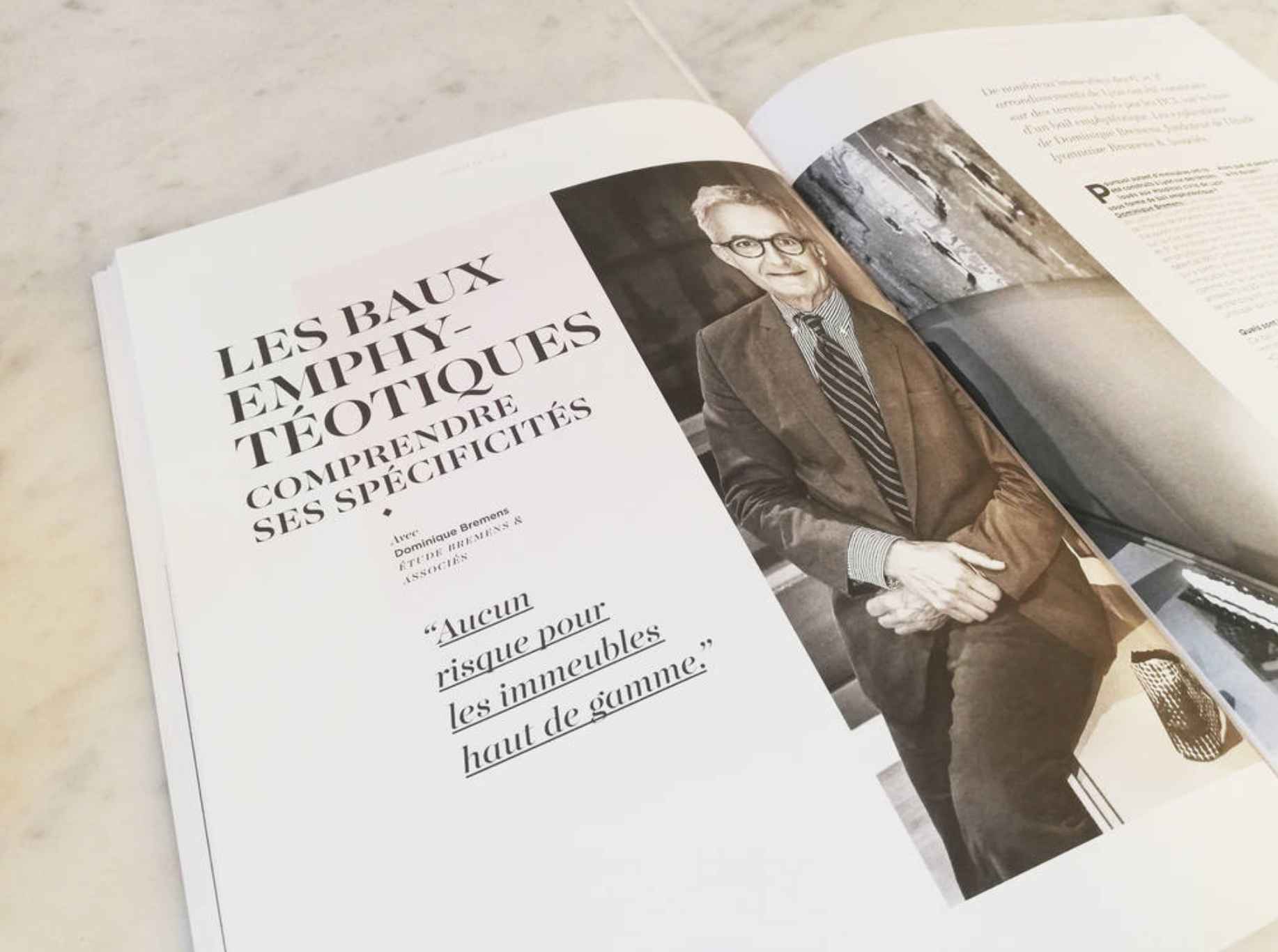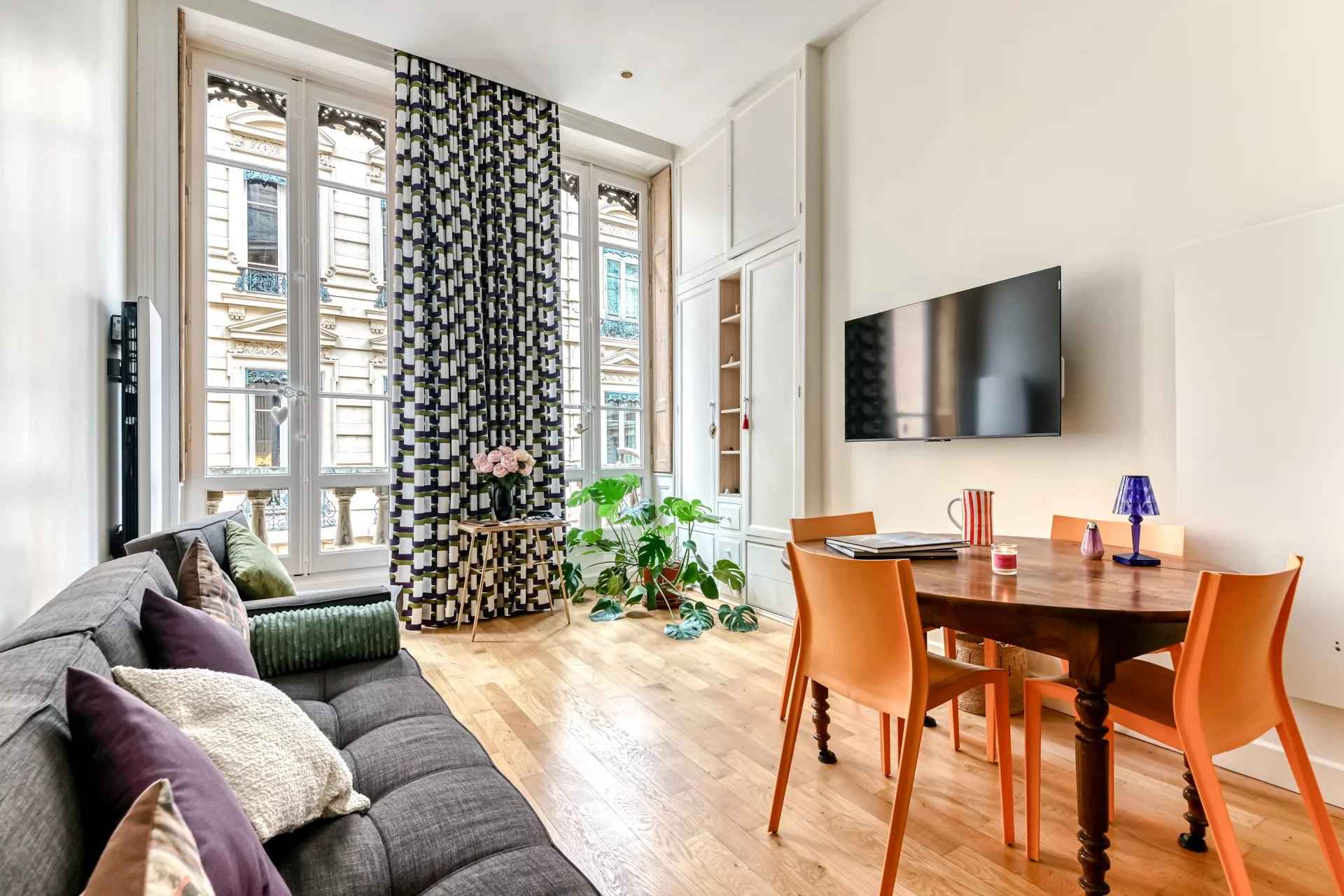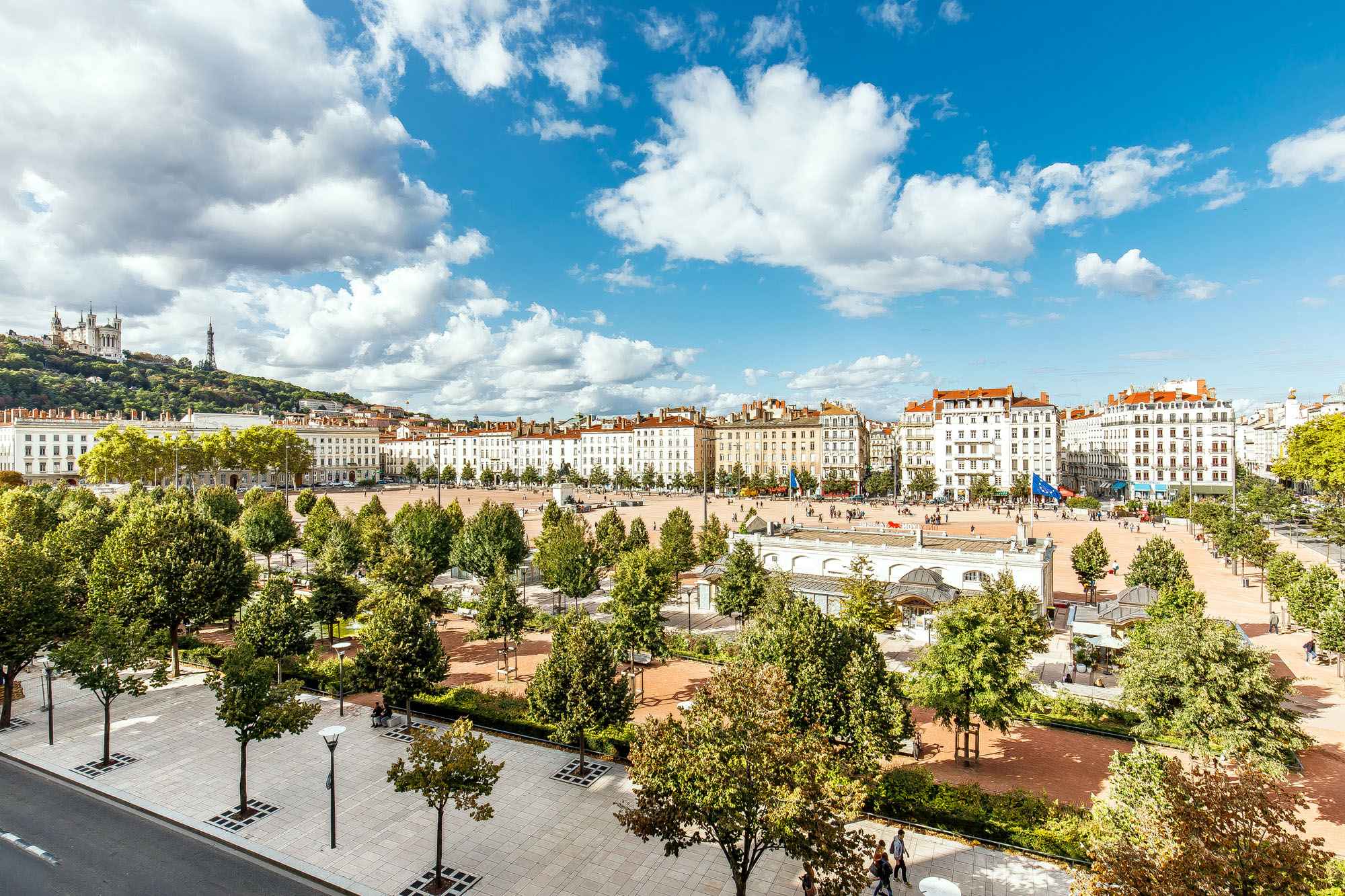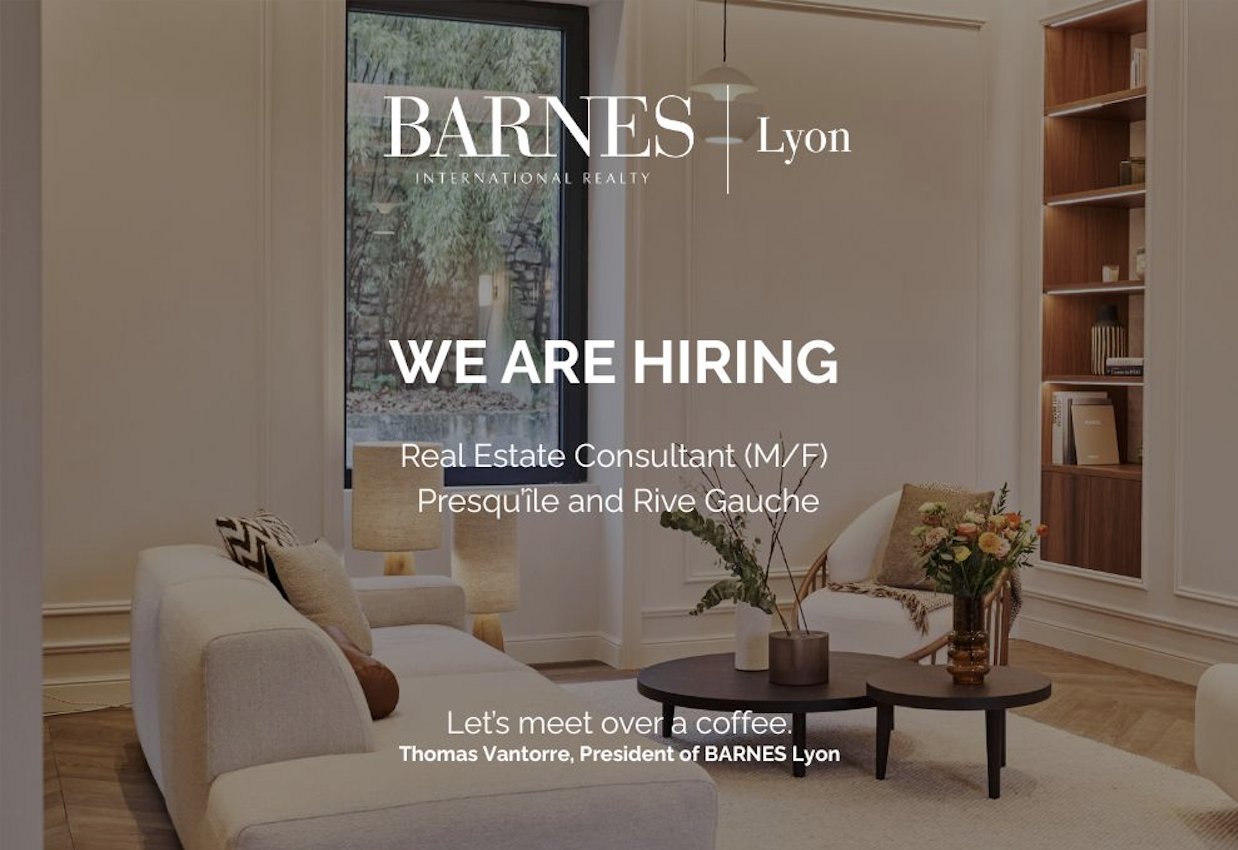2019-02-13
Understanding the idiosyncrasies of emphyteutic leases
Many of the buildings in Lyon’s 6th and 3rd arrondissements are built on land leased out by the HCL (Hospices Civils de Lyon) within the framework of emphyteutic leases. Founder of Lyon-based firm Bremens & Associés Dominique Bremens explains what this means.

Why have so many buildings in Lyon been built on land leased from the Hospices Civils de Lyon in the form of emphyteutic leases?
Dominique Bremens: The Hospices Civils de Lyon (HCL) have always received donations, which have enabled them to purchase large areas of land on the left bank of the Rhône, in the city’s 6th and 3rd arrondissements. The first emphyteutic leases granted by the HCL date back to 1860. This leasing of the land meant that a large number of buildings could be erected in these districts, including on Rue de Bonnel. Indeed, many of the high-end buildings that sprung up in the city’s . 6th arrondissement during the 70s and 80s took this legal form.
What rights does the leaseholder have?
This type of lease grants the lessee a right in rem in immovable property that lasts for 99 years in the case of the HCL. This right can be sold or mortgaged, which can make it possible to obtain funding since the building can be leased or mortgaged. Based on this model, the right to build was introduced in the 60s, the only difference being the obligation to build as opposed to the mere option to build with the emphyteutic lease.
Does the tenant lose all rights over the land and therefore any buildings that belong to them at the end of the lease?
No, due to the role that the HCL plays in building the city, Sudreau/Pratel agreements mean that the tenant is entitled to compensation in the event of eviction. Legal construction was still pretty rare at the time and outside investors needed reassurance when it came to this particular characteristic of the Lyon property market, but this sort of situation is extremely rare in practice because, legally speaking, the land has to be returned bare, but the HCL cannot ask for buildings that are in good condition to be torn down.
So what generally happens at the end of the lease?
A new agreement is signed, again for 99 years. It is up to the association of co-owners to negotiate the terms of the new tenancy agreement when the lease is coming to an end. This sum is then divided between the number of shares and reflected in the charges applied, which are still fairly low for an individual household.
But can the tenant still be thrown off the land at the end of the lease?
This is only possible in the case of storehouses that are in a very bad state of repair, or dilapidated buildings that are coming to the end of their lease and cannot be restored, in which case the HCL will want to recover the land and negotiate an agreement with a developer. It is up to them to compensate the occupants based on the market value, but there is no risk of this happening where the sort of high-end buildings marketed by BARNES, for example, are concerned.
What should buyers do if they have any doubts?
They should obviously find out how long is left on the lease and whether the HCL have any plans for the future development of the land. The seller has an obligation to disclose any information they may have in this respect.
Does the specific nature of this type of lease affect the price?
In theory, you should be able to purchase an apartment built on land that you do not own for 20% less, but this is certainly not the case, because these
buildings are often very prosperous-looking and in prime locations. In fact, it is often seen as a commercial asset! In any case, the use of emphyteutic leases is set to become more widespread as local authorities seek to maintain control of their land. Not to mention the fact that mindsets are also changing; indeed, the purpose the building serves is now more important than ownership in itself.

.jpg)

